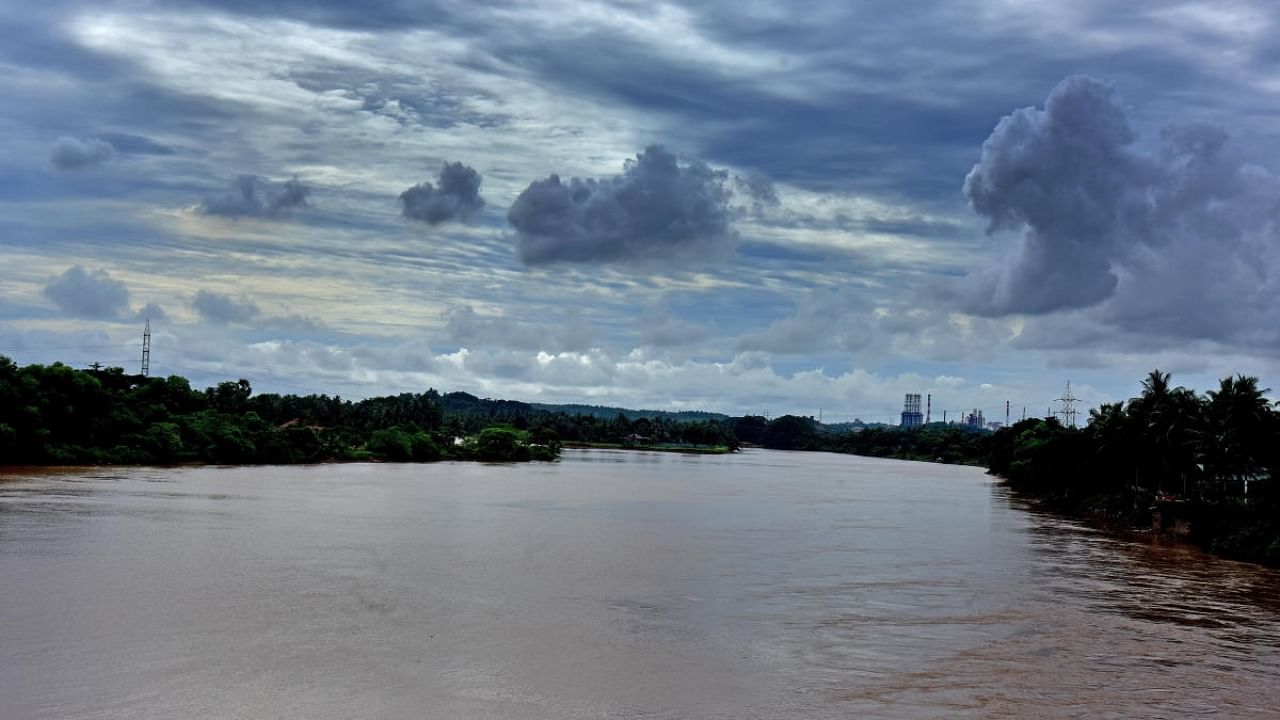
The water-holding capacity of close to 1,335 water bodies across the state has increased by a total of 89.73 lakh cubic metres in the last year owing to development work by the Rural Development and Panchayat Raj (RDPR) department under the Amrit Sarovar Mission.
According to data, 5,752 water bodies, including lakes and ponds have been identified for rejuvenation and work at 4,047 sites has started.
"We have already completed work at 1,335 sites and apart from rejuvenation work, 57,962 water conservation works like construction of trenches and bunds were also taken up. This has helped improve the groundwater levels drastically," Shilpa Nag, commissioner, Rural Development (MGNREGS) told DH.
While the project aims at water conservation, it will also play a crucial role in preventing floods and preventing encroachments, the officials said. "With the development of these lakes, rainwater can be efficiently stored. This will eventually prevent flooding. Additionally, the water stored in these lakes can be used for irrigation, domestic use, and other purposes, ensuring that water is available even during dry seasons," a senior official from the RDPR department said.
The official added that they have also been able to reclaim many acres of government land. "The revenue department conducts a survey of every site identified for rejuvenation. We ensure that the encroachments are removed and boundaries marked," the official said.
Management of water bodies is crucial
However, experts in the field of water conservation expressed concern over the management of these water bodies in future since maintenance of rejuvenated water bodies is important to ensure sustainability.
Nag, however, said that they were working towards sustainability and close to 2,976 water or lake users' committees have been constituted to ensure maintenance. "Local elected representatives, community-based organisation members, senior citizens, experts, and women from the self help groups (SHG) are a part of these committees. These committees will ensure that lakes are managed efficiently and effectively, helping prevent any damage or encroachment," Nag said.
According to data from across the country, Karnataka ranks fourth in terms of the number of water bodies being developed under the scheme. "We are performing well. While initially we were given a target of 75 water bodies per district, it was eventually doubled and we could identify 150 water bodies for every district," Nag said.